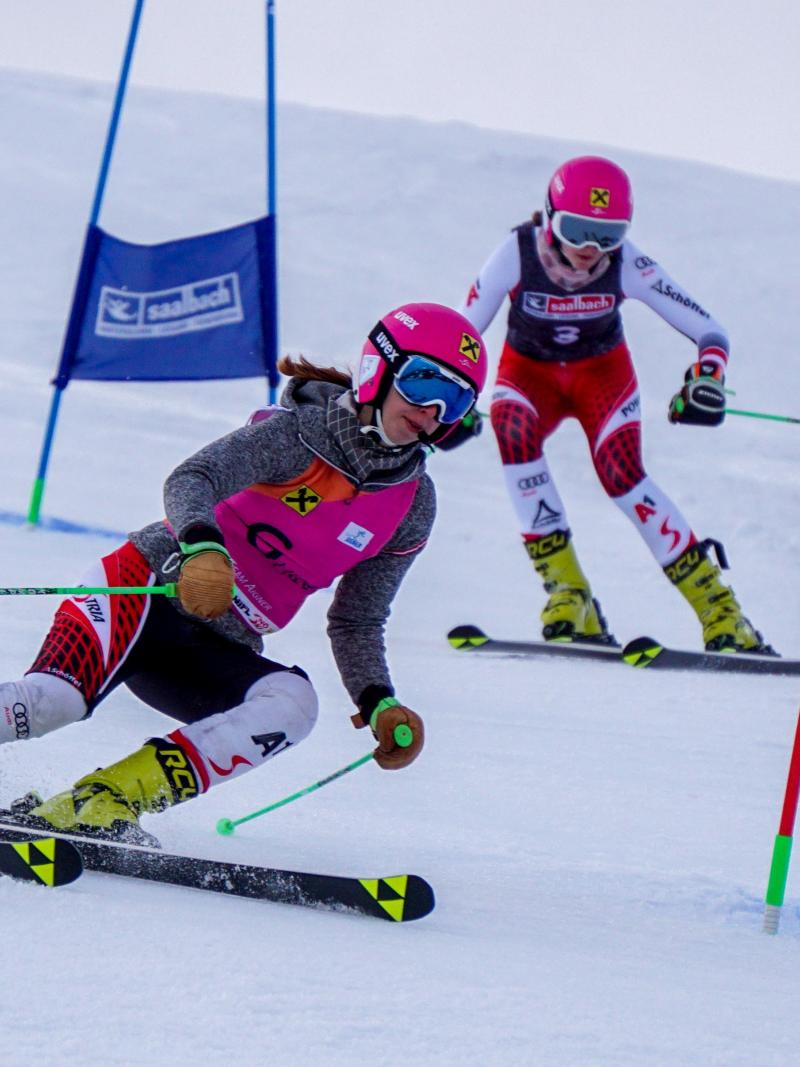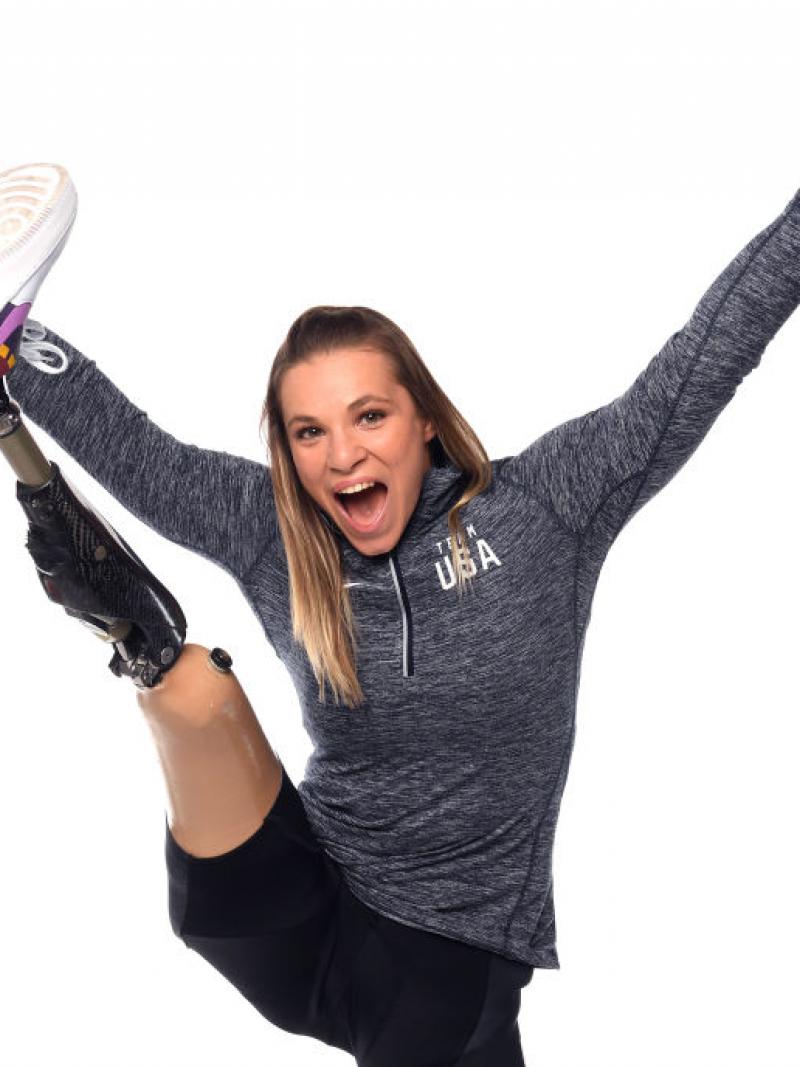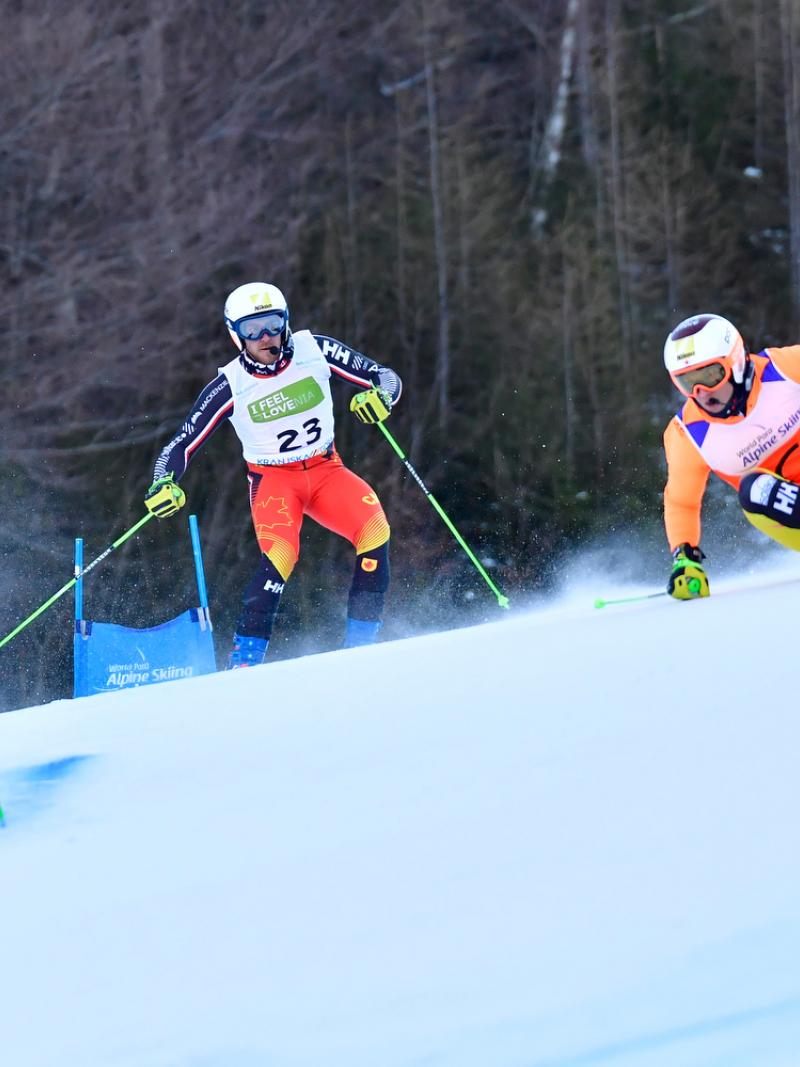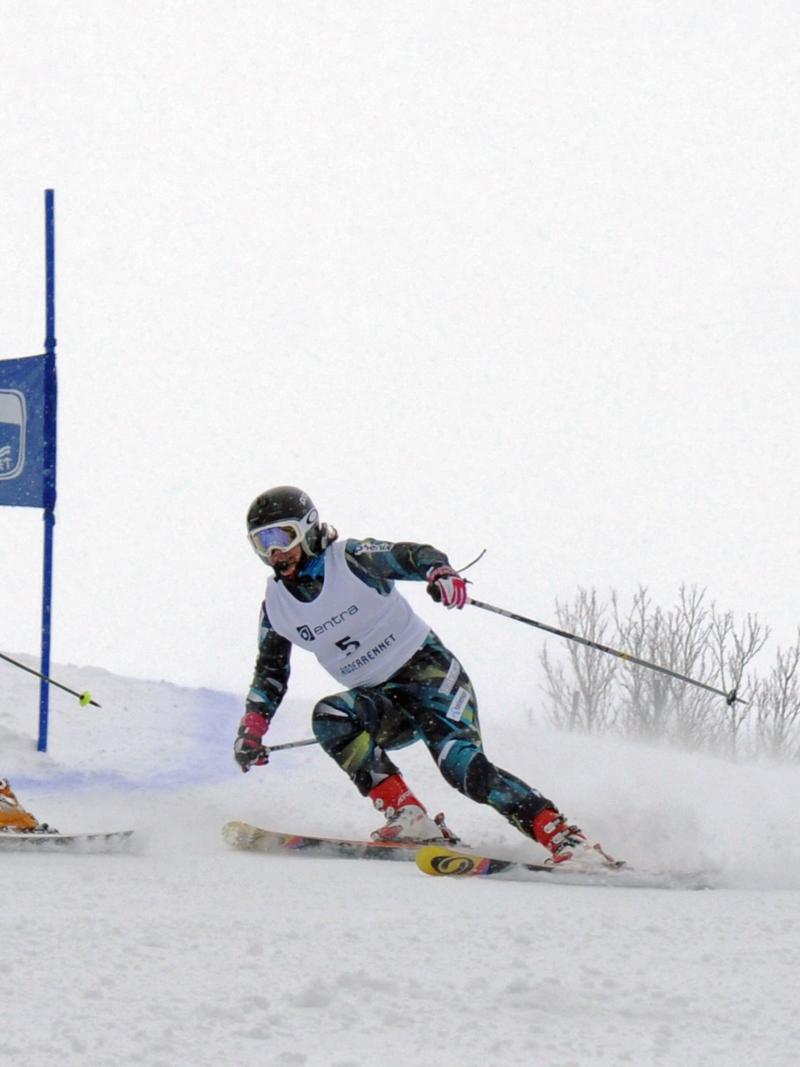Pioneers take sit skiing into freestyle territory
Small group of passionate ski trailblazers push the boundaries focusing on corks and backflips rather than seconds or metres 17 Sep 2021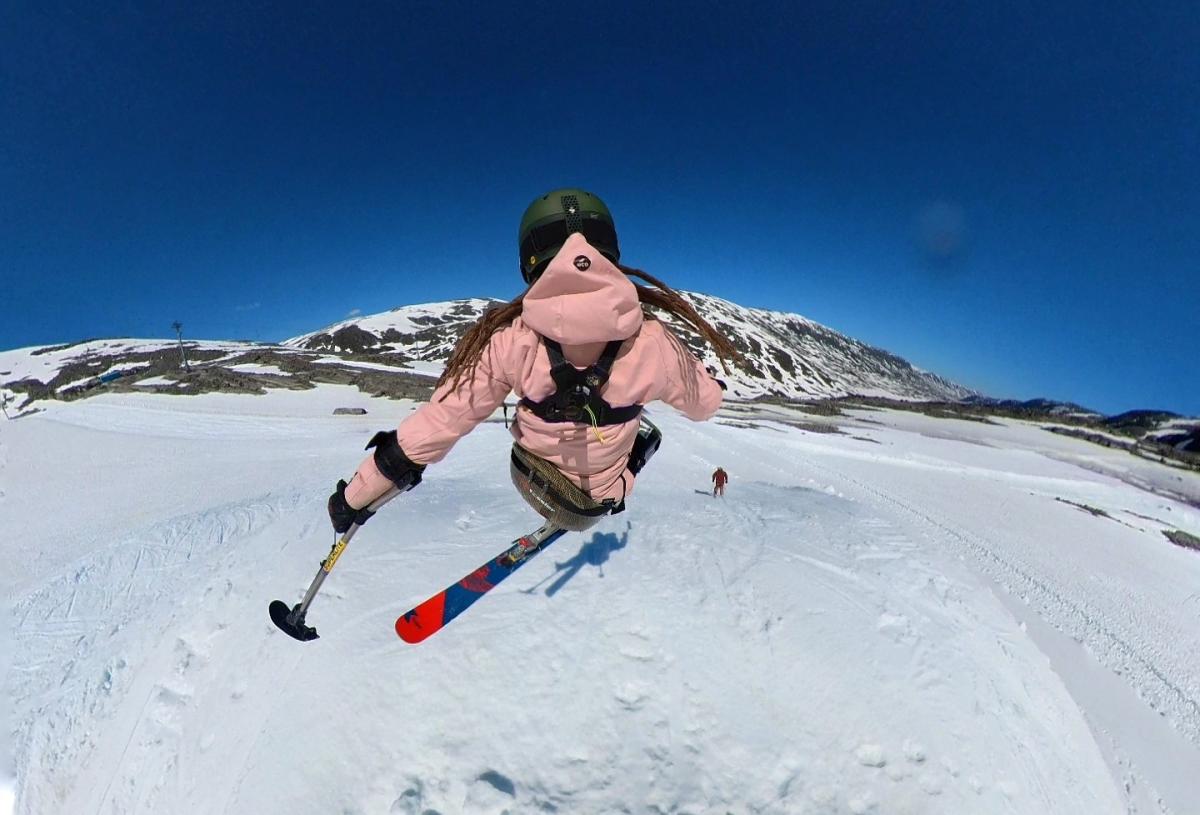
Sit skier Jay Rawe does not measure his progress in seconds or metres, but in rotations. That is because unlike other skiers, his focus is on style rather than time or distance.
Rawe is part of a small, passionate group of freestyle pioneers. Now, having turned heads with daring backflips and spins, these athletes are pushing to make freestyle sit skiing a formal sport.
“The interest is there and the push is there,” Rawe said. “Realistically, we’re several years out from this becoming a sport.”
Let’s be pioneers
Those wishing to learn how to do jumps in a sit ski will soon find out there is a lot of improvisation involved. The sport is in its infancy and many tricks are being done for the first time.
Canada’s Josh Dueck discovered this when he set out to become the first sit skier to do a backflip. A freestyle skier before his accident, Dueck was already a Paralympic silver medallist in slalom when he started to mix his freestyle skills into sit skiing.
Between the 2010 and 2014 Paralympic Winter Games, where he won another gold and silver, Dueck gathered a small group of friends who were well-versed in acrobatics and started training backflips in a foam pit.
“We were just making it up as we went and that was probably more exciting than doing the flip itself, just carving a new path,” Dueck said. “We were pioneering back in the day. Nobody really knew if it was feasible or if we could do it. It was a little bit of imagination, a whole lot of courage and just the right support network.”
Dueck landed the backflip in February 2012 and became an inspiration to sit skiers who would follow in his example, including USA’s Rawe.
He was a skydiver and BASE jumper. He searched for new activities after breaking his back in a jump accident, but sit skiing did not excite him. That is, until he saw Dueck’s backflip.
“I like jumping off of rocks. When I was a kid, I was climbing up roofs and swings sets. I’ve always been more interested in air time than in racing,” Rawe said. “Seeing him do that flip, I was like, dude, it’s there! It’s definitely there.”
And so Rawe started riding and doing jumps and side hits in the snow park. He later progressed to spins, watching able-bodied skiers and snowboarders and adapting their technique to the realities of doing the same tricks with 20 kilograms of metal strapped to the lower body.
He also watched ski videos and got tips from freestyle experts, including multi-X Games champion Tanner Hall. The USA freeskier once shared a chairlift ride with Rawe and then guided him through the process of learning a 360.
Trial and error
Rawe’s feats, in turn, have inspired other athletes. Up to 20 sit skiers have reached out to him for tips on how to do these tricks, among them Norway’s Amelie Ericson.
Erickson competed in Para alpine racing, but switched her focus to freeriding in 2019. When the chairlifts at ski resorts closed with the onset of coronavirus, she turned to snow parks, which were easier to reach.
“I was kind of forced to switch from freeriding into slopestyle because that’s all I get, and that was a lot of fun,” Ericson said. “So COVID is good for something.”
She learned tricks by trial and error, watching Rawe’s videos in slow motion and observing able-bodied skiers. Ericson’s repertoire now includes shifties, railings and a 180 spin, and she is trying to land a 360 with Rawe giving her tips over messenger.
“It went from nothing to one metre up to four metres in a couple of weeks,” Erickson said of her jumps. “The scariest one was the first one that was one metre. The second one I thought was way smaller than it was. It’s not as scary as you might think. The first one felt like a thousand metres though.”
With Rawe now landing 540s and 720s, USA’s Trevor Kennison stomping countless backflips, and others close to replicating their tricks, the sport’s quick progression had taken even its original pioneer Dueck by surprise.
“I just love watching guys like Jay and Trevor discovering the sport in a new way. I definitely put in my best effort while I was in it and to see them exceed anything that I ever imagined in my wildest dreams is so rad,” Dueck said. “It is absolutely mind-boggling and beyond anything that I’d ever imagine the sport progressing to.”
And, as Rawe noted, there is still room for growth. He has his sights set on a double cork 1080 and plans to move his earlier tricks from the park to rock drops and cliffs next season.
A new sport
The reaction to every new trick that freestyle sit skiers accomplish is overwhelming.
Dueck’s backflip lead to an invite to The Ellen DeGeneres Show, a place among the National Geographic’s Adventurers of the Year, and thousands of handwritten letters from fans.
When Rawe stomped the 540 in June 2019, he made it onto ESPN’s Top 10 Plays on Snapchat and when Hall posted his 720 on Instagram in April 2021, Rawe got 5,000 new followers in three days.
“I got a couple hundred comments on it and people were just losing it,” Rawe said. “I couldn’t believe the people that were commenting on it, that freaking amazing skiers thought it was as cool as they did.
“How did this happen? What if I actually tried? What if I tried to promote myself and tried to promote this sport? That’s kind of where the idea was born. If I spent time and effort promoting this and reached out to the right people, I could probably do something big with this.”
Now that Rawe and fellow sit skiers have the public’s attention, they are hoping to use it to grow their sport.
Dueck, who was appointed Canada’s chef de mission for the Beijing 2022 Paralympic Winter Games, said that while making freestyle sit skiing a competitive sport will not be a quick process, its potential is great.
“It’s new, it’s exciting, it’s bold, it’s brave, it takes talent,” Dueck said. “I think that these guys are actually going to be the ones that really break through and it will be in the wake of their footsteps that we’ll likely see a massive surge in freeride.”





